Contact Us: 763-421-0223
Fruit
Cherry
Evans Bali Cherry
Prunus cerasus 'Evans Bali'
- Height: 15-20'
- Flavor: Sour
- Blooms: May
- Ripens: August
- Pollinator: Not Required
- Exposure: Full Sun
- Zone: 3-8
Deep, dark red fruit 1" in diameter and excellent for baking and fresh eating. The fruit is much sweeter than other sour cherries. Extremely hardy buds.
North Star Cherry
Prunus 'North Star'
- Height: 8-10'
- Flavor: Sour
- Blooms: May
- Ripens: Late June
- Pollinator: Not Required
- Zone: 4-8
Genetic dwarf introduced by the University of Minnesota in 1950. Red fruit with a small stone. Very productive. A sour pie cherry. Blooms in early May.
Meteor Cherry
Prunus 'Meteor'
- Height: 10-14'
- Spread: 8-12'
- Flavor:
- Ripens:
- Pollinator:
- Exposure: Full Sun
- Zone: 4-8
Genetic dwarf introduced by the University of Minnesota in 1952. Large, bright red fruit. Mildly acid in flavor. Fine for sauce or pie. Generally regarded as slightly hardier than 'North Star'. Blooms in early May.
Pear
Summercrisp Pear
Pyrus 'Summercrisp'
- Height: 12-15'
- Spread: 8-12'
- Ripens: Mid-August
- Pollinator: Required
- Exposure: Full Sun
- Zone: 3-8
MNRC - Recognized for many years as the hardiest pear from the University of Minnesota, released in 1985. Free of fireblight. An annual bearer. Blooms early in May. The fruit should be harvested in mid-August when crisp and still green with a red blush. Fruit harvested at that time is sweet and crisp, and may be stored up to 2 months. Use 'Parker' as a pollinator.
Luscious Pear
Pyrus 'Luscious'
- Height: 12-15'
- Spread: 8-12'
- Ripens: Mid-September
- Pollinator: Required
- Exposure: Full Sun
- Zone 5-8
SDSU introduction 1973 (South Dakota E31 x Ewart). Juicy, sweet, medium to small bright yellow fruit. Blooms early May. Tree globe shaped. Glossy green foliage, red fall color. Excellent dessert pear for northern Great Plains. Fire blight resistant. Pollen-sterile, cannot be used to pollinate a second pear tree. 'Parker' is a good pollinator.
Parker Pear
Pyrus 'Parker'
- Height: 12-15'
- Spread: 8-12'
- Ripens: August
- Pollinator: Required
- Exposure: Full Sun
- Zone: 3-8
The Parker Pear, a Minnesota favorite, was originally introduced by the University of Minnesota in 1934. Open-pollinated seedling of a Manchurian pear. Large, yellow-bronze fruit. Fine grained, tender and juicy. Upright and vigorous grower. Fruit tends to reach maturity during August. Pollinator for 'Luscious'.
Plum
Alderman Plum
Prunus 'Alderman'
- Height: 10-15'
- Spread: 12'
- Ripens: Late August
- Pollinator: Required
- Exposure: Full Sun
- Zone: 4-8
Burgundy red - Introduced in 1986 by the University of Minnesota. Excellent fresh or for preserves, soft and sweet. Bears fruit the second season after planting. Fruit is of large size and named after Professor W. H. Alderman. Very attractive and valued as an ornamental. 'Superior', 'Toka' or 'Compass' make good pollinators. MNRC.
BlackIce® Plum
Prunus 'Lydecker' PP16,621
- Height: 8-12'
- Spread: 8-10'
- Ripens: August
- Pollinator: Required
- Exposure: Full Sun
- Zone: 4-8
BlackIce™ is a cross between a cherry plum and a conventional Japanese dessert plum resulting in large fruit with superior winter hardiness and an early ripening date. Fruit size and yield is comparable to popular conventional cultivars, however, the ripening date is 2-4 weeks earlier. Has been shown to be hardy and produce fruit in USDA zone 3b. Naturally compact growth habit makes it easy to manage. Use 'La Crescent', 'Waneta' or American Plum for pollination.
Mount Royal Plum
Prunus 'Mount Royal'
- Height: 8-12'
- Spread: 6-10'
- Ripens: Late August
- Pollinator: Required
- Exposure: Full Sun
- Zone: 4-8
Blue - European Plum. Good eaten off tree. Excellent for dessert, jam and preserves. Tender, juicy flesh. Considered the best blue cultivar in Wisconsin and Minnesota.
Toka Plum
Prunus 'Toka'
- Height: 15-20'
- Spread: 12-16'
- Ripens: Mid-August
- Pollinator: Required
- Exposure: Full Sun
- Zone: 3-8
Red - South Dakota Experiment Station introduction, 1911. One of the best pollinators. A medium-sized, richly flavored variety with beautiful apricot color. Similar to the Waneta Plum with respect to cold hardiness, with a general ripening date of Mid-August.
Waneta Plum
Prunus 'Waneta'
- Height: 10-15'
- Spread: 8-12'
- Ripens: Late July
- Pollinator: Required
- Exposure: Full Sun
- Zone: 3-8
Red - South Dakota Experiment Station introduction, 1913. Produces well the first season after planting. One of the best market plums. Fruit is large, red, sweet, juicy and of good quality. Waneta a popular choice for those looking for a cold hardy tree with an early ripening date.
Peach
Contender Peach
Prunus x 'Contender'
- Height: 12-15'
- Spread: 15-18'
- Ripens: Late-August
- Pollinator: Not Required
- Exposure: Full Sun
- Zone: 4-8
A freestone peach with bright yellow flesh. Matches 'Reliance' in cold-hardiness and tolerance of spring frosts. Sweet, extra-juicy fruit is an absolute delight for fresh eating, canning, baking, and freezing. Self-pollinating. 'Contender' ripens mid-to-late August.
Request Form
We appreciate you contacting us. One of our colleagues will get back in touch with you soon!
Have a great day!
Please try again later.
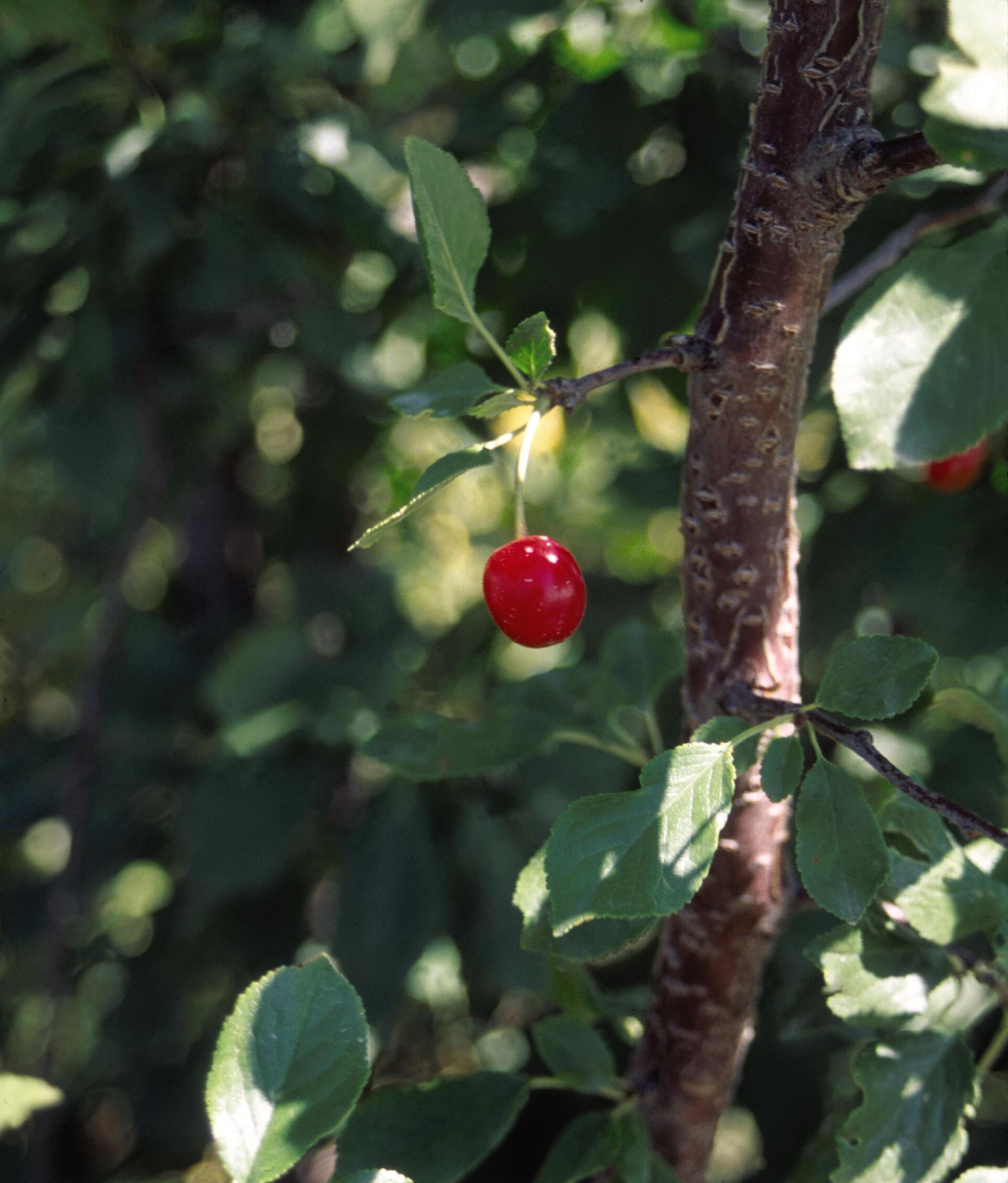
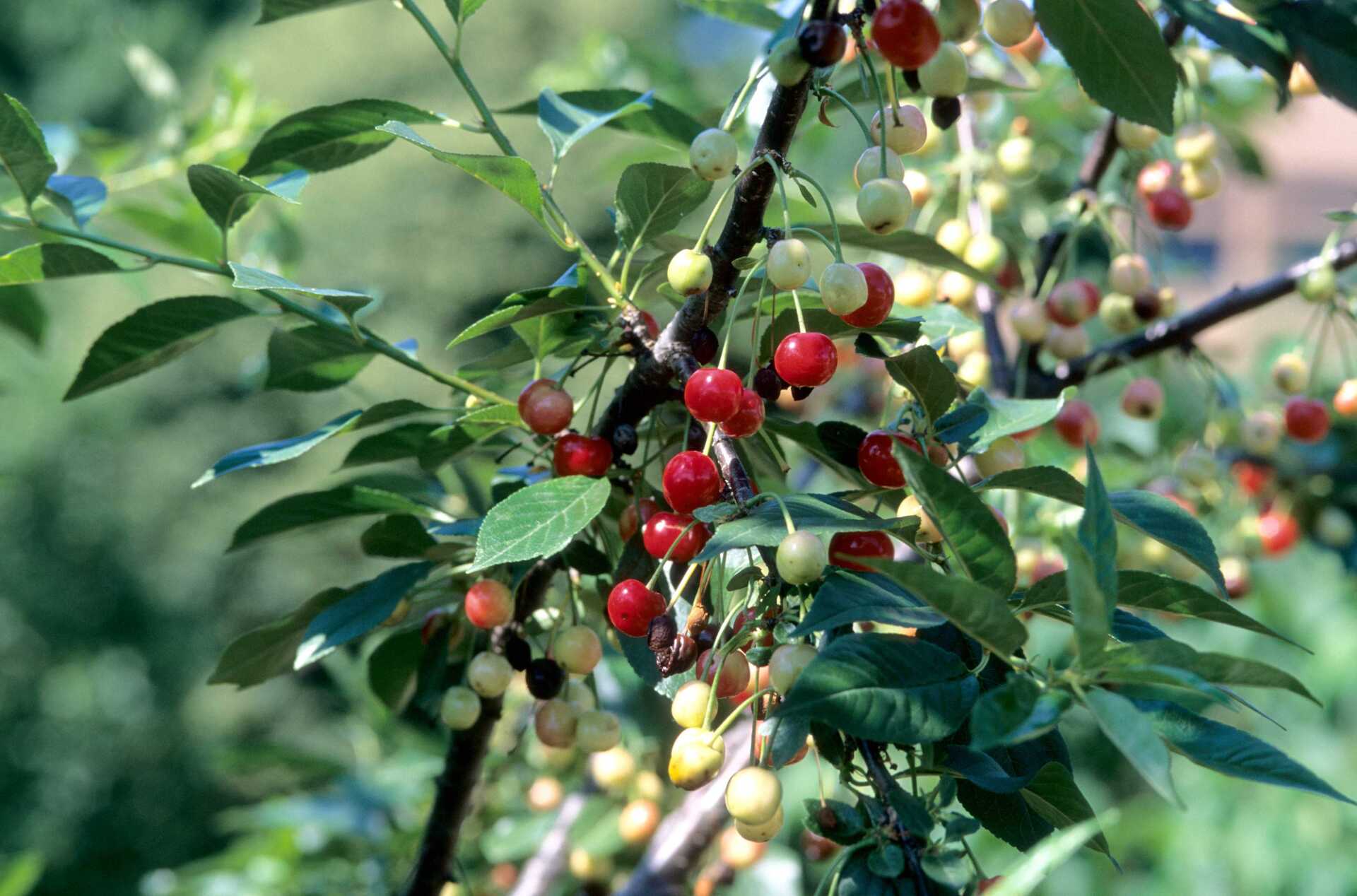

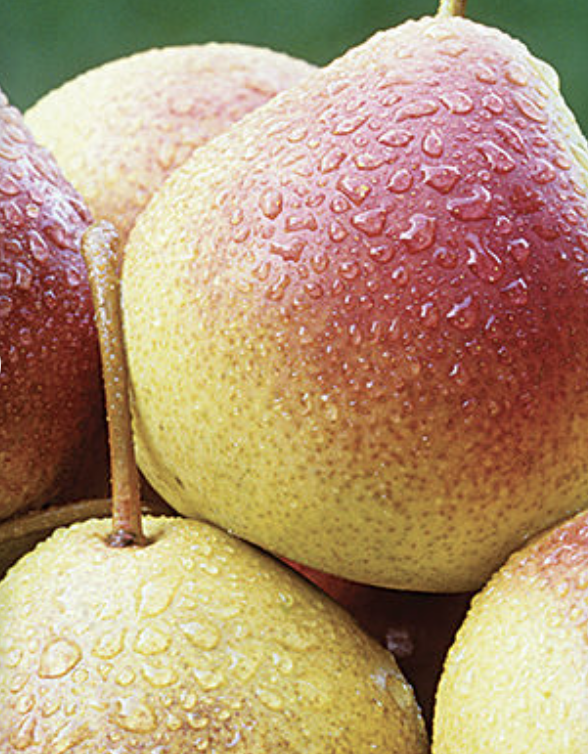
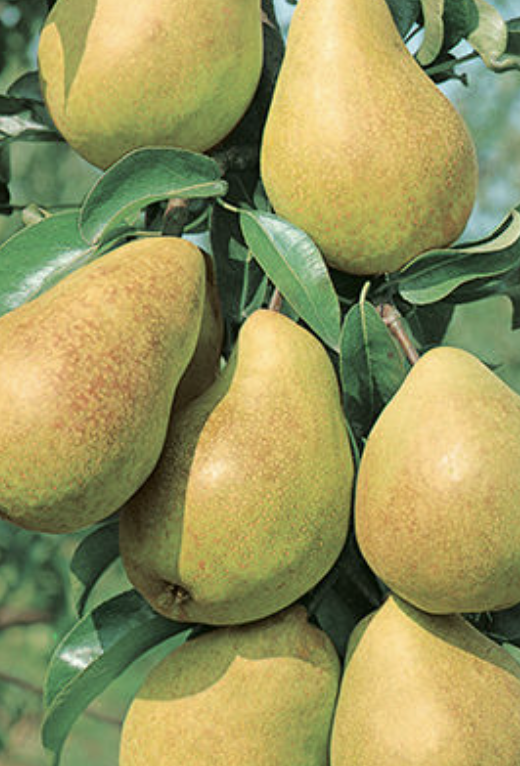
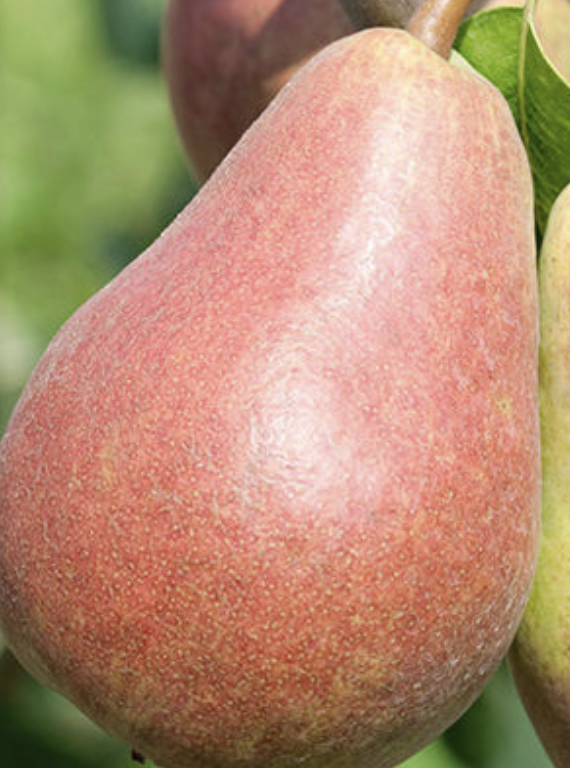
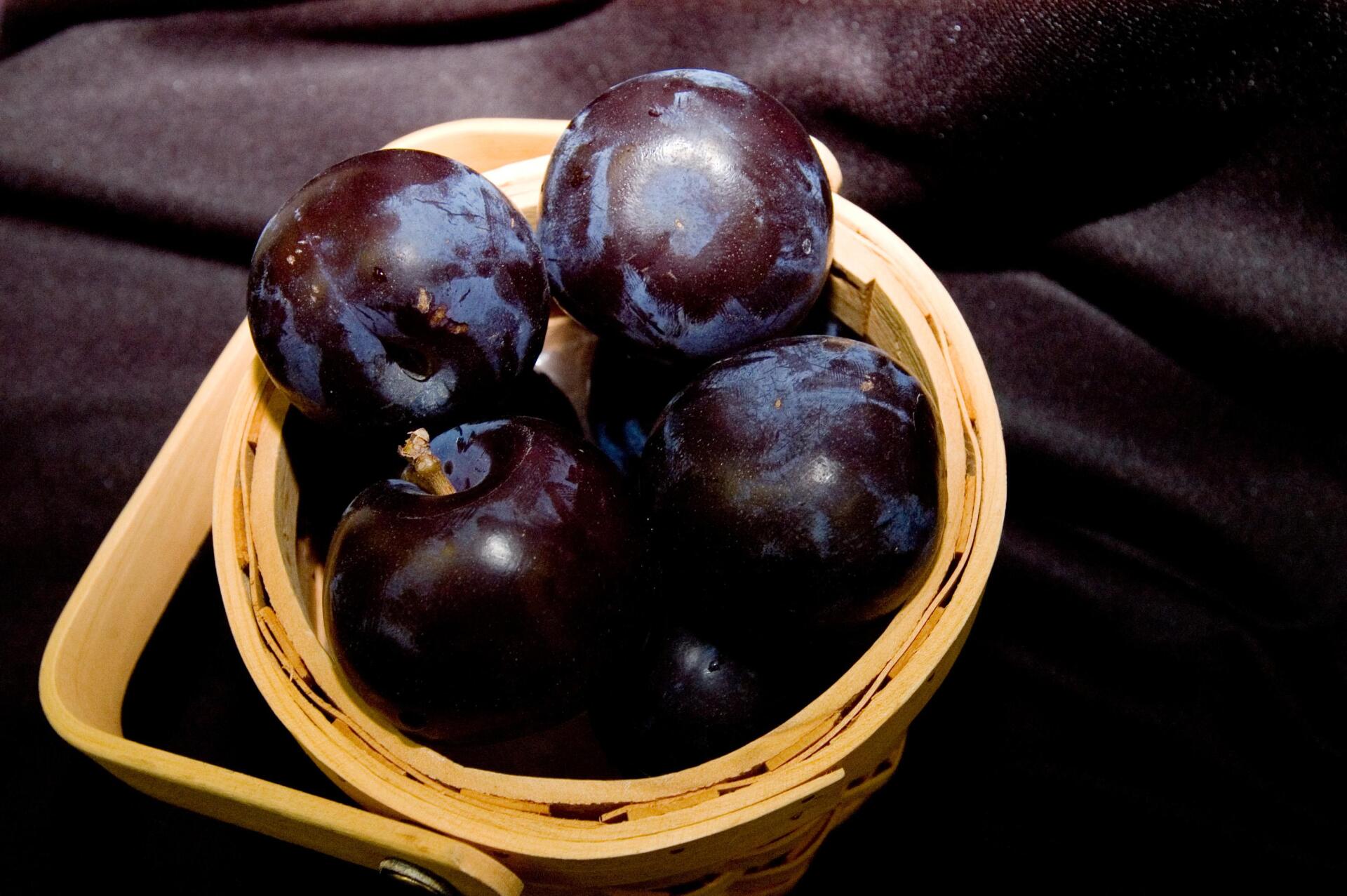
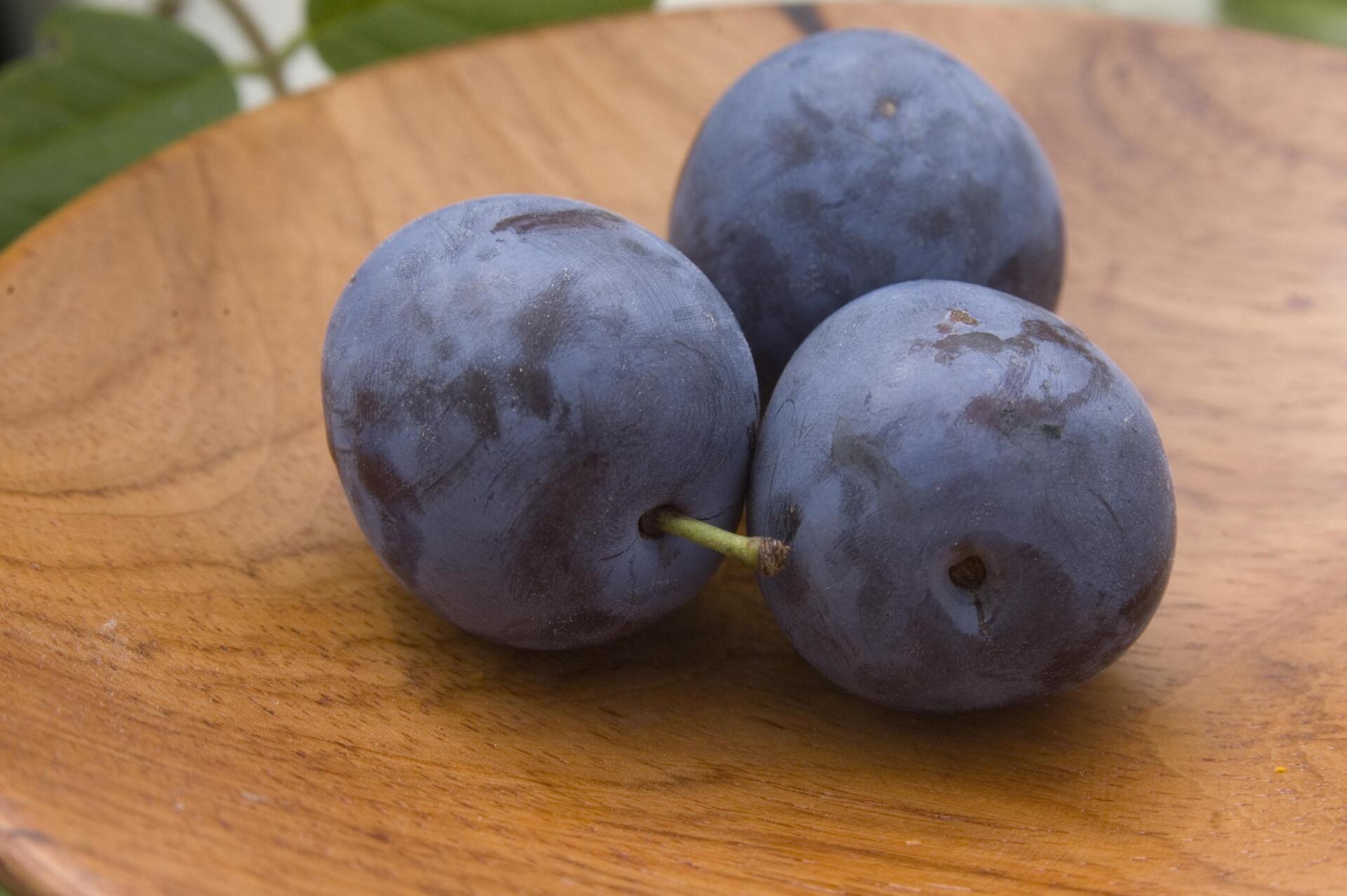
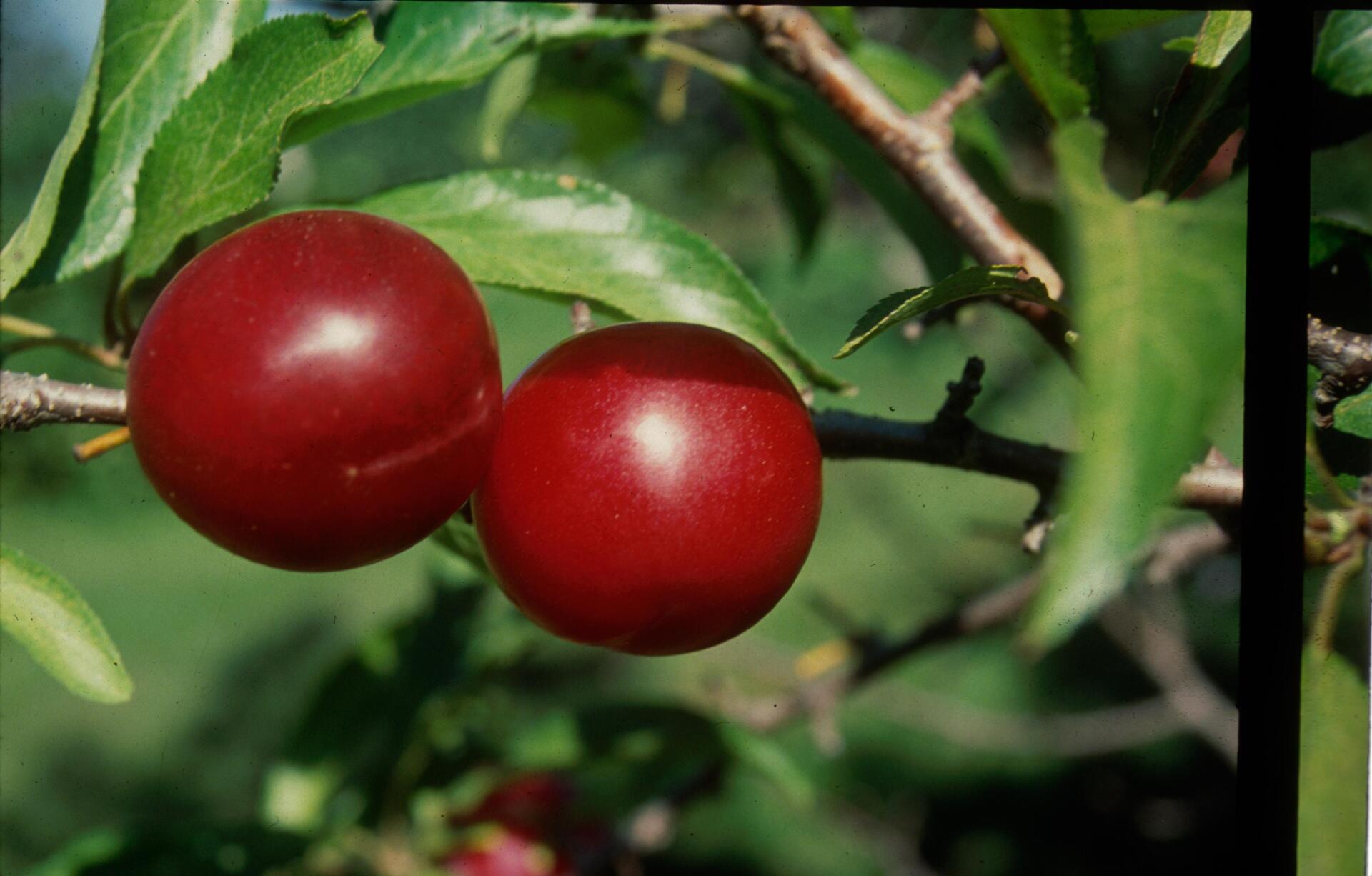
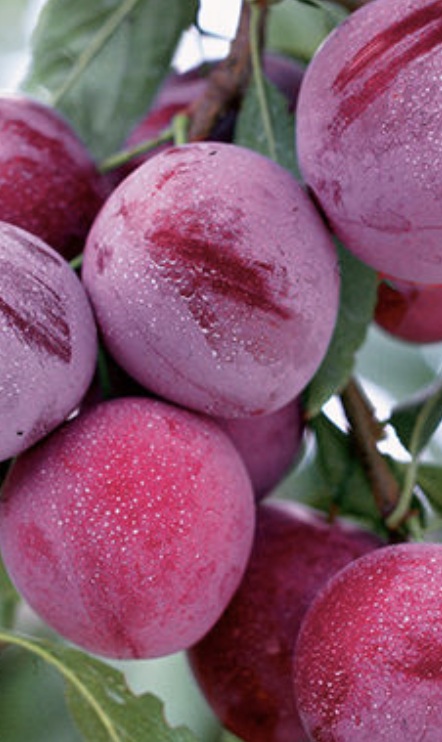
Share On: